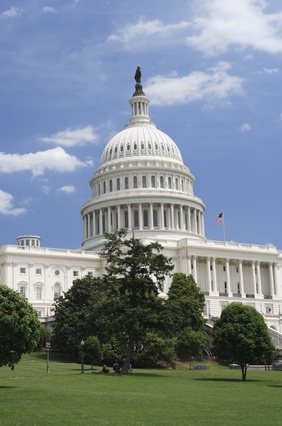Will the Bailout Help You With Your Minneapolis Duplex?
While I planned to talk about the process of filing an eviction action today, more pressing matters came up over the weekend in Congress. Consequently, I’ll pick up that discussion later in the week.
One of provisions Congress insisted on being in the Emergency Economic Stabilization Act of 2008, or the bailout bill, was a provision requiring Secretary of the Treasury Hank Paulson, to implement a plan for the mortgages and mortgage-backed securities the government acquires that encourages mortgage servicers to modify the terms of the loans through programs like Hope for Homeowners.
Hope for Homeowners was a 300 billion dollar provision of the Housing and Economic Recovery Act signed by the president in July. It was hoped that up to 400,000 homeowners struggling to make their payments due to bad loans would, with permission of their lender, be able to refinance into FHA backed mortgages at a significant discount.
Sounds like a great opportunity, right?
But of course, there’s a catch. While the underwriting guidelines for the Hope for Homeowners program won’t be unveiled until the program goes live October 1, as of now it appears that investors and investor properties that are not owner-occupied will not qualify for renegotiation. This would make sense, as only owner-occupants of one to four unit properties qualify for FHA backed loans.
Steve Linnin, a loan officer with Hopeforhomeownersprogram.org, told me he believes that if an owner originally purchased and owner-occupied a multi-family property using an FHA loan, then later purchased another property for their primary residence, they too would be ineligible to refinance the mortgage on the first property under this program, as they no longer owner-occupy it.
This is not a panacea for everyone. The FHA has caps and limits as to the amount of the loans it will back for various geographic areas.
It promises to be an interesting week.


